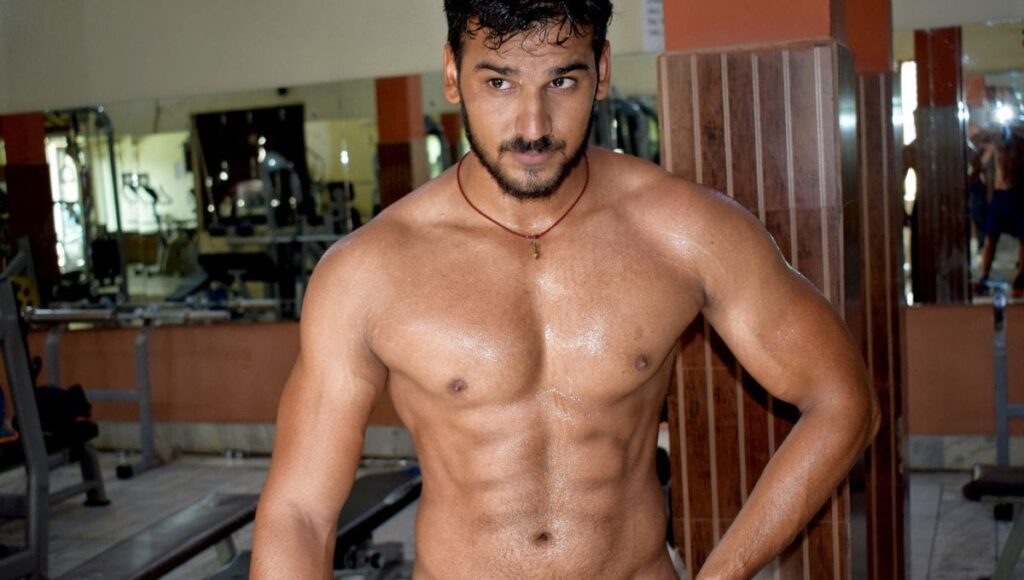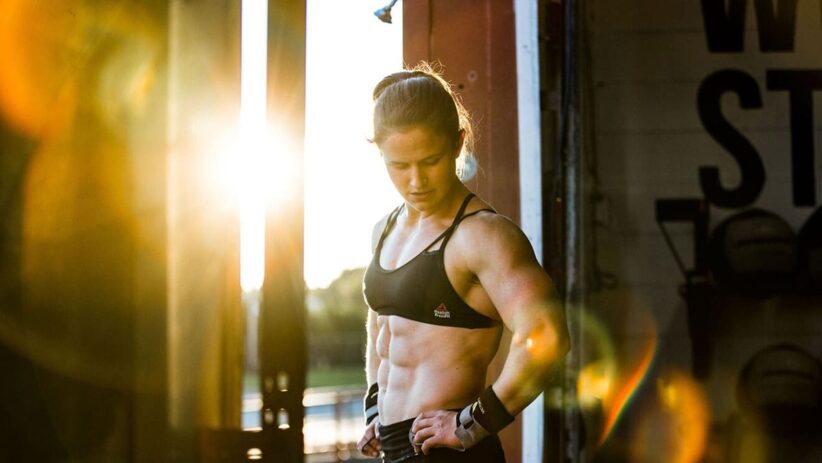Check out this 10-minute standing abs workout for a six-pack.
Okay, before you go on to the workout itself, there is one thing you should know. First and foremost, this workout will not result in you having a six-pack. Unfortunately, that is not how it works. And the issue is not that the workout is not optimal for it, because it is, but being able to see your abs has little to do with how strong your core is.
To get that six-pack look, you need to dial your nutrition accordingly. Stay in a caloric deficit until you are slim enough to see your abs appearing. That body fat percentage that you need to hit is different for every person, but it is around 15% for men and 20% for women.
10 Highly Effective Ways to Speed Up Weight Loss
After you manage to get your nutrition in check, then everything falls into place. Abs workout will be very helpful to make your abs either appear earlier (without such a small body fat percentage) or make them bigger. And that is what this 10-minute standing ab workout will do for your six-pack
Coach Brian Klepacki is a certified strength and conditioning specialist. He created this 10-minute standing abs workout for a six-pack for Critical Bench, a website focused on health and strength that delivers many tips on how to get stronger, fitter and healthier with a YouTube channel with more than 1 million subscribers.
Check it out.

10-Minute Standing Abs Workout for a Six-Pack
This 10-minute standing abs workout routine is comprised of 5 exercises with 45 seconds doing the movement and 15 seconds of rest. After doing all 5 exercises you rest for a full minute and then repeat the sequence again.
Here are the exercises:
- Hand to opposite knee
- Rotational punch
- Cherry picker
- Windmill
- Kickboxing block
All those exercises have some sort of rotational in your spine, which is one of the functions of your abs. Do this 10-minute standing abs workout as often as you can, but make sure you rest enough between days to give your body time to heal and create muscle.
This is a follow-along type of article. So to do the 10-minute standing abs workout from home, simply click on the video below and do the movements together with coach Brian Klepacki.
VIDEO – 10-Minute Standing Abs Workout for a Six-Pack
How to get a six-pack at home in 22 days
11 Best Home Six Pack Abs Exercises with no Equipment (For Everyone)
Look Great and Move Well – 5 Best Home Glute Exercises with a Resistance Band
How to Lose Belly fat without Effort
5 Awesome Exercise Methods to Burn Belly Fat Faster
22 Bodyweight Ab Exercises Ranked Worst to Best
5 Best Lazy Abs Exercises to Shrink Your Belly
Start Doing the Reverse Crunch – An Effective Ab Exercise to Get A Six-Pack
Beginner’s Guide to A Six-Pack – Eating and Training Tips
10 HIIT Exercises to Lose Belly Fat Faster
12 Weird Core Exercises for an Amazing Six-Pack
Top Fitness Coach Shares 10 Best Exercises to Target the Obliques
Best Barbell Abs Exercises for a Six Pack
Muscles of the Core and abs
The core muscles are the muscles that make up your abdomen, pelvis, and lower back. This is a popular area of focus for many people who want to get fit because it’s easy to see how you can improve this area with simple exercises like crunches or planks.
Rectus Abdominis
The rectus abdominis is the muscle that you can see when you look at yourself in the mirror.
It is also the deepest muscle in your abdomen, and it is responsible for flexing your spine and pushing your ribcage forward. If you have good posture, then this muscle is working well. If not, back pain might be an issue—and it’s important to do exercises that target this area if you want to improve your posture.

Internal Obliques
The internal obliques originate from the inner surface of the lower 8 ribs and insert on the tendinous intersection on the lateral border of rectus abdominis. The internal oblique muscle is a flexor and adductor of the trunk, as well as an internal rotator.
The nerve supply comes from thoracolumbar fascia.
External Obliques
The external obliques are the muscles that run along the sides of your body. They help you rotate your torso, flex your spine, and bend to the side.
When these muscles contract they pull down on the rib cage and compress it slightly (which makes it shorter).
Transverse Abdominis
The transverse abdominis is a deep muscle that wraps around your midsection. It helps to stabilize your spine and compress the abdominal cavity, which increases intra-abdominal pressure to help protect internal organs from injury.
To contract it, use the following breathing technique: breathe in deeply through your nose while expanding your belly outwards as far as possible without straining; then exhale slowly through pursed lips (as if you were going to whistle) while contracting your abdominal muscles inward towards the spine.
Hold this contraction for 3 seconds, then release and repeat 3 times.
Erector Spinae
The erector spinae are a group of muscles that run along the spine and function to keep it straight and upright.
They also help rotate your spine, bend it forward, and bend it backward. If you’ve ever had trouble bending over to pick something up off the ground or if you’re unable to touch your toes without rounding your back, this might be why.
Pelvic Floor Muscles
The pelvic floor muscles play an important role in supporting the pelvic organs.
The core muscles are the muscles that are closest to your spine.
They support your spine by helping it to stay in a good position and can be strengthened by exercises that train them to work together.
For example, when you do crunches, the abdominals contract and help you keep your back straight while lifting up your head and shoulders off the floor. If you don’t have strong core muscles (and most people don’t), this movement would put too much pressure on your lower back which could result in injury or pain.
The core is also responsible for holding you upright when walking or running so it’s important for athletes who participate in these activities often like runners or swimmers!
Conclusion
The core is made up of more than just abdominal muscles. It also includes muscles in the back, spine and hips, as well as those in the arms. The main function of these muscles is to provide stability for movement and improve balance. This blog post discussed each muscle group individually along with its functions and exercises that work on each one specifically.
Now that you know all this info, you understand why it is important to consistently do this 10-minute standing abs workout.
Image Sources
- resistance band ab exercises: CrossFit Inc
